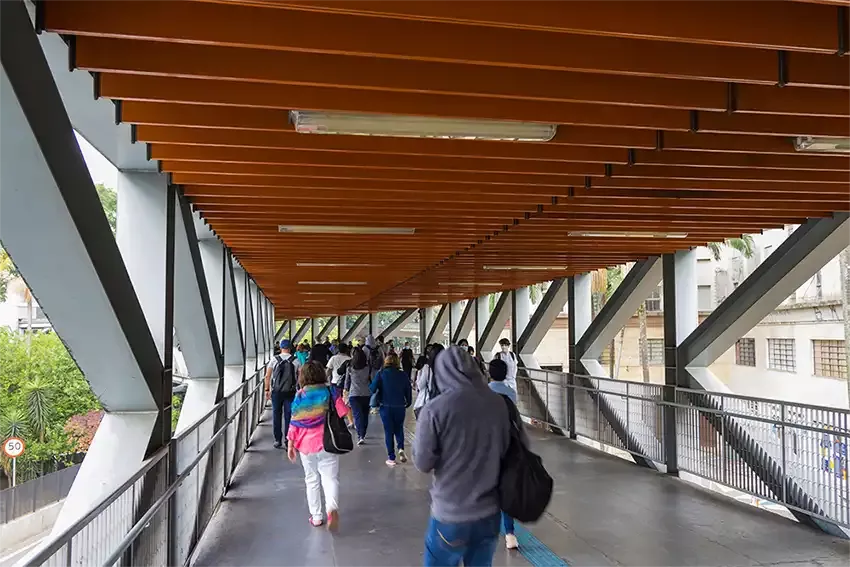COVID-19 Inequalities: How do income and network centrality impact lockdown effectiveness?

While governments across the globe implemented strict lockdowns at the outset of COVID-19, these were unrealistic measures for individuals who could not work from home or survive on insufficient and often untimely cash transfers. New research by TSU's Shiv Yucel explores how these inequalities relate to the effectiveness of lockdowns to slow the spread of disease. Mobility inequalities compound the exposure risks to vulnerable individuals who already face greater risks of hospitalizations and death due to low healthcare access and greater rates of co-morbidities.
From England to Brazil, past research using cell phone mobility data during the COVID-19 pandemic highlighted that the ability to isolate during lockdowns is a privilege that not everyone can afford. In São Paulo, Brazil, it was shown using cell phone mobility data that isolation levels were 11.2% higher in the wealthiest than the poorest areas. While this prior research has identified social isolation inequalities related to COVID-19, very few studies to date have shed light on how the spread of infectious diseases are shaped by both human mobility networks and socio-economic factors.
Focusing on São Paulo, Brazil, this research develops the Infection Delay Model to quantify for the first time how lockdowns slow down the initial spread of disease, taking into account both commuting networks and real inequalities in people's ability to isolate during the initial March 2020 lockdown. We find that the more central a region in the commuting network, the less time that can be 'gained' to its first case by an early lockdown, highlighting the importance of swift action for vulnerable populations that reside in highly connected regions. As an early epicentre of COVID-19 with high intrastate transmission and stark inequalities, studies in São Paulo can be instructive for research in other major metropolitan regions.
Using mobility data from the March 2020 lockdowns to capture real inequalities, we generate our findings from simulations of every possible disease outbreak scenario. This means that our results are generalizable to future diseases beyond the COVID-19 pandemic. Rapid action is essential, as even small delays in lockdown implementation can increase the speed of disease spread across an entire metropolitan region, reducing the time to establish health responses and provide economic support to vulnerable populations.
To discover more about this research, including methods and findings see "Impact of network centrality and income on slowing infection spread after outbreaks", published open access in Springer's Applied Network Science.
COVID-19 Inequalities: How do income and network centrality impact lockdown effectiveness?
While governments across the globe implemented strict lockdowns at the outset of COVID-19, these were unrealistic measures for individuals who could not work from home or survive on insufficient and often untimely cash transfers. New research by TSU's Shiv Yucel explores how these inequalities relate to the effectiveness of lockdowns to slow the spread of disease. Mobility inequalities compound the exposure risks to vulnerable individuals who already face greater risks of hospitalizations and death due to low healthcare access and greater rates of co-morbidities.
